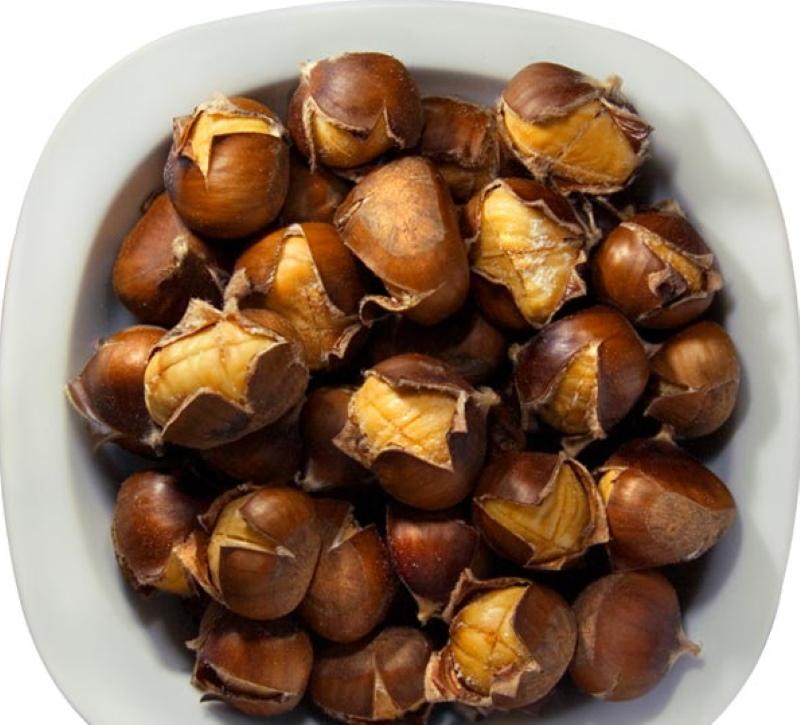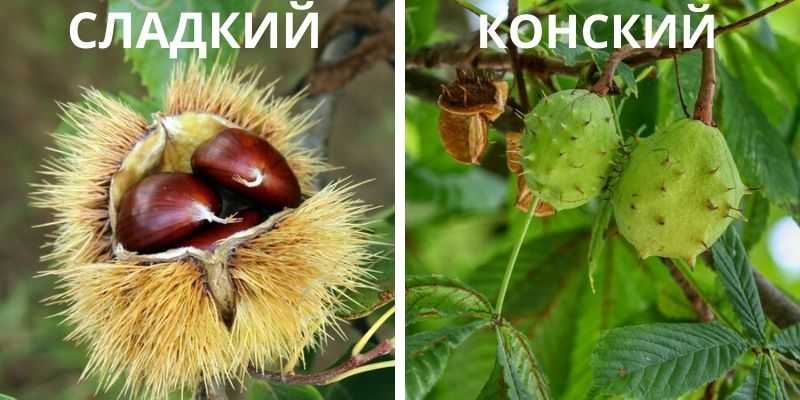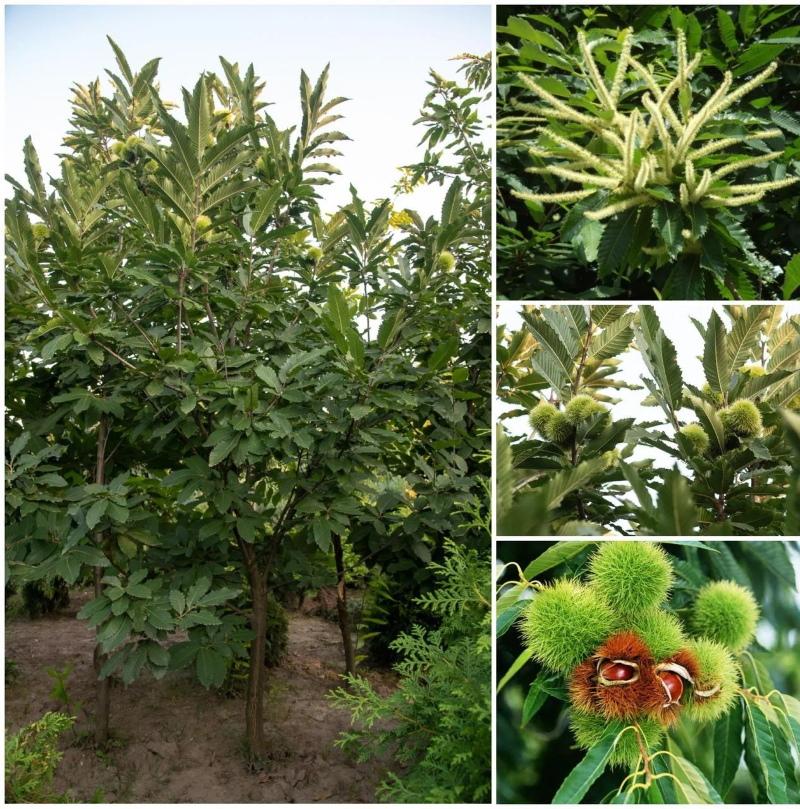Educational program for gourmets - which chestnuts can be eaten
 In France, chestnuts are celebrated with festivals where these large nuts are served in a wide variety of dishes. We have not yet received such an honor for round brown fruits, moreover, many ordinary people do not even know which chestnuts can be eaten. Of course, they already confidently take their position in restaurant menus, and you can cook a healthy and tasty dish at home. The key is to choose the right nuts, as not all of them are edible. Most chestnuts are very tough and taste bitter. Only some animals will like this delicacy. And fruits are called a delicacy for a reason - there are very few trees that give them. You ask, what about our horse chestnut? But no, in fact, it is not a real chestnut at all.
In France, chestnuts are celebrated with festivals where these large nuts are served in a wide variety of dishes. We have not yet received such an honor for round brown fruits, moreover, many ordinary people do not even know which chestnuts can be eaten. Of course, they already confidently take their position in restaurant menus, and you can cook a healthy and tasty dish at home. The key is to choose the right nuts, as not all of them are edible. Most chestnuts are very tough and taste bitter. Only some animals will like this delicacy. And fruits are called a delicacy for a reason - there are very few trees that give them. You ask, what about our horse chestnut? But no, in fact, it is not a real chestnut at all.
The horse chestnut belongs to the beech family, and the edible chestnut belongs to the sapindaceae family. They differ not only in fruit, but also in the appearance of the trees themselves.
How to distinguish edible chestnuts from horse chestnuts

 The differences between eaten chestnuts from horse chestnuts are as follows:
The differences between eaten chestnuts from horse chestnuts are as follows:
- The height of the tree. Edible taller, can be 50 m in height, while the horse grows no more than 25 m.
- Leaf shape. In edible varieties, they are oval, with short petioles, growing one after another. Horse foliage is palmate, with long petioles, collected in large fans.
- Inflorescences and flowering periods. Horse chestnut blooms in late spring with bells gathered in a brush in the shape of a pyramid. Edible varieties bloom in long, thin spikelets in summer.
- The shape of the fruit. The inedible chestnut most often has one round nut, covered with a skin with sparse thorns. Whereas edible fruits grow in tassels, and instead of thorns, they have long thin needles. In addition, the nuts have pointed tips.
What chestnuts can be eaten
 Among the edible species, they are most often fried, baked, boiled or made into flour from the following chestnuts:
Among the edible species, they are most often fried, baked, boiled or made into flour from the following chestnuts:
- crenate or Japanese, the largest-fruited, with nuts weighing up to 80 g;
- sowing, the most heat-loving;
- toothed or American, one of the most cold-resistant;
- Chinese or the softest, most delicious.
You can also eat Henry's chestnuts, Shogyu, Australian and undersized. The nuts taste like beans. They are very high in calories (almost 200 kcal per 100 g) and contain many useful substances.